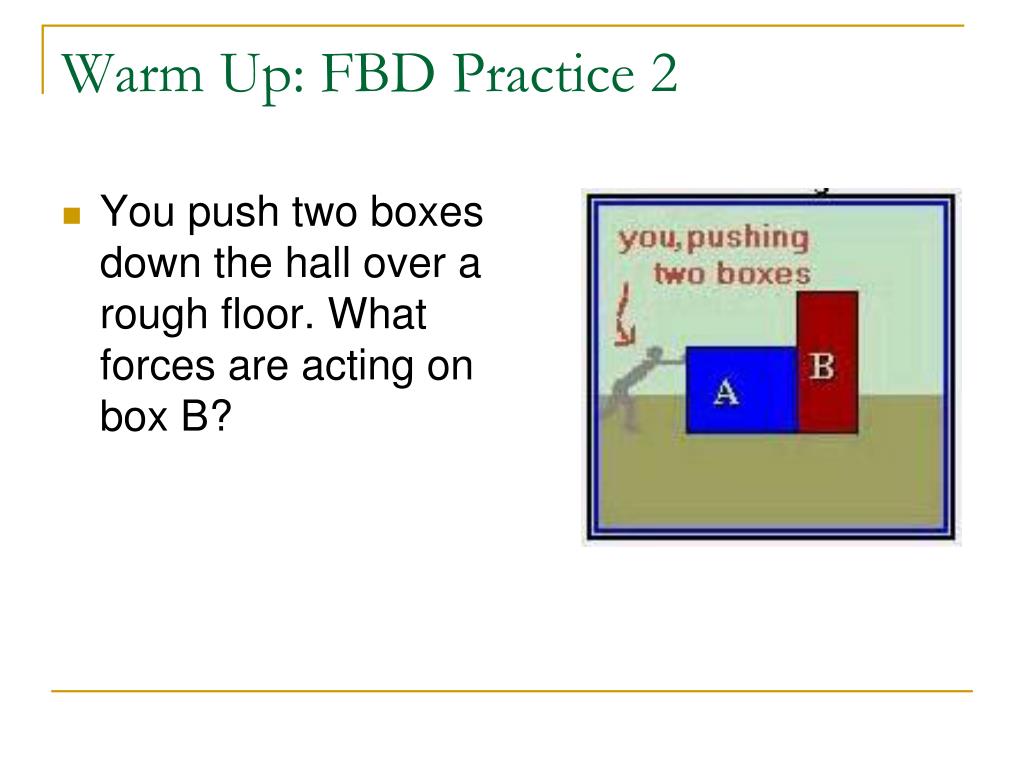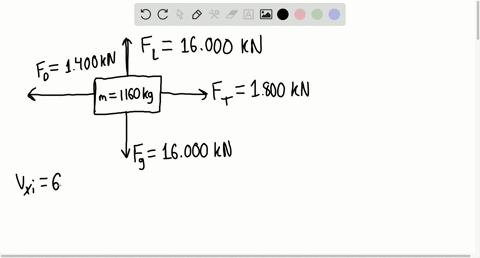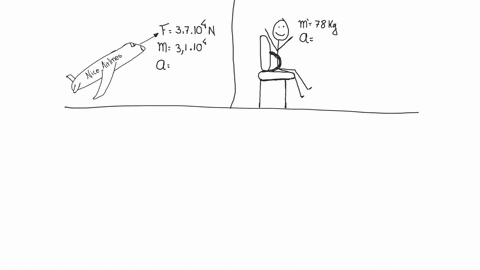

If those assumptions are made then in Classical Physics the mass will continue to accelerate and not reach a terminal speed. This answer is probably long past its sell by date?Īll you have described in your question are ideal cases with the frictional forces and the applied force constant. The acceleration of the object is the rate of change of its velocity, so determine the velocity as a function of time you would, in general, have to solve the following differential equation: Lastly, given an applied force $F$, the acceleration of the object will satisfy Newton's second law which says that the net applied force equals the mass of the object multiplied by is acceleration In order for the acceleration to halt, you would need to reduce the applied force so that it equals the force of static friction. If you continuously push an object with a force greater than this value, then it will keep accelerating forever. Having said all of this, let me reiterate that kinetic friction always has the magnitude $\mu_k F_N$ regardless of the state of motion of the object. Where $F_s$ is the magnitude of the static friction force. objects that represent regret stamford swimming lessons cumberland times obituaries Hello world Giugno 12, 2020. Mathematically, this can be expressed by the following equation: magnitude of frictional force on incline.

This illustrates that the static friction force can have any value between zero, and some maximum which turns out to be given by $\mu_s F_N$ where $\mu_s$ is the coefficient of static friction. If you push hard enough, however, the box will eventually start sliding.

However, if you start exerting a small enough force on the box, it still will not move, and in this case, the static friction force is exactly counterbalancing the force you exert. The box will not feel a friction force in the absence of any other force (if it did, then it would accelerate). To understand why, think of a box sitting still on a horizontal table. The force of static friction, on the other hand, changes depending on the other external forces on the object. In fact, as you point at the magnitude of the force of kinetic friction as given by Specifically, the force of kinetic friction depends only on the magnitude of the normal force $F_N$ exerted on the moving object and the coefficient of kinetic friction $\mu_k$ of the surface on which it is moving. These two forms of friction have qualitatively properties. Kinetic friction The force of friction exerted on an object when it is in motion. Static friction The force of friction exerted on an object when it is at rest. This might be more detailed than you want I apologize in advance.


 0 kommentar(er)
0 kommentar(er)
